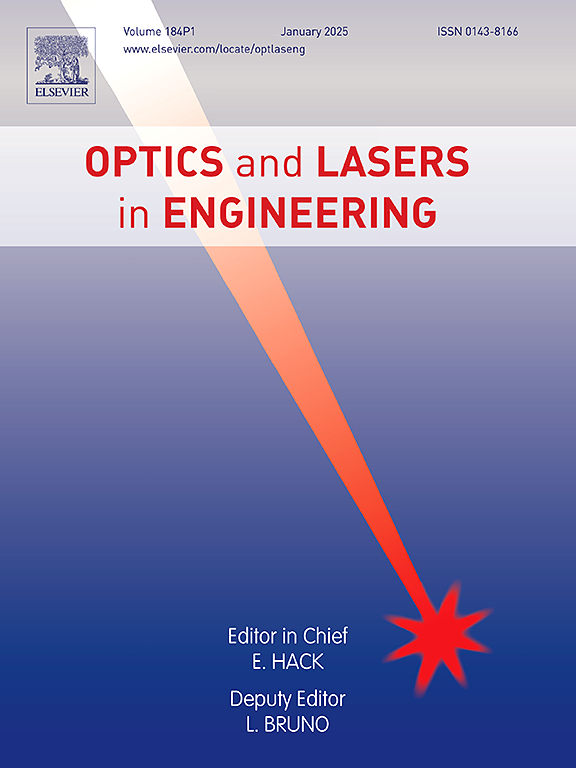Radial distortion evaluation and correction of dual-channel microscopic imaging system in quantitative FRET imaging
IF 3.5
2区 工程技术
Q2 OPTICS
引用次数: 0
Abstract
Fluorescence resonance energy transfer (FRET) technology is widely used for real-time quantitative detection of protein interactions in living cells. Among FRET measurement techniques, Channel-based sensitized emission method (E-FRET) is becoming the most popular method due to its rapid detection, non-destructive nature, operational simplicity, and compatibility with both wide-field and confocal microscopy. In FRET imaging, image quality is crucial for the success of the FRET experiment. However, distortion, an inevitable problem for any microscopic imaging system equipped with an optical lens, often compromises image quality. The most important distortion type is radial distortion. This paper focuses on the radial distortion degree and distribution of cameras and the influence of image distortion on E-FRET experiments in the dual-channel microscopic imaging system. We fit multiple models to correct the radial distortion of the cameras and compare the quality of E-FRET imaging and the accuracy of FRET efficiency calculation before and after distortion correction. The final E-FRET imaging experiment demonstrates that distortion correction significantly enhances imaging quality and experimental accuracy.
求助全文
约1分钟内获得全文
求助全文
来源期刊

Optics and Lasers in Engineering
工程技术-光学
CiteScore
8.90
自引率
8.70%
发文量
384
审稿时长
42 days
期刊介绍:
Optics and Lasers in Engineering aims at providing an international forum for the interchange of information on the development of optical techniques and laser technology in engineering. Emphasis is placed on contributions targeted at the practical use of methods and devices, the development and enhancement of solutions and new theoretical concepts for experimental methods.
Optics and Lasers in Engineering reflects the main areas in which optical methods are being used and developed for an engineering environment. Manuscripts should offer clear evidence of novelty and significance. Papers focusing on parameter optimization or computational issues are not suitable. Similarly, papers focussed on an application rather than the optical method fall outside the journal''s scope. The scope of the journal is defined to include the following:
-Optical Metrology-
Optical Methods for 3D visualization and virtual engineering-
Optical Techniques for Microsystems-
Imaging, Microscopy and Adaptive Optics-
Computational Imaging-
Laser methods in manufacturing-
Integrated optical and photonic sensors-
Optics and Photonics in Life Science-
Hyperspectral and spectroscopic methods-
Infrared and Terahertz techniques
 求助内容:
求助内容: 应助结果提醒方式:
应助结果提醒方式:


